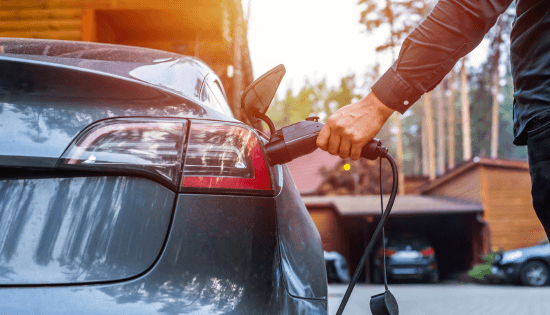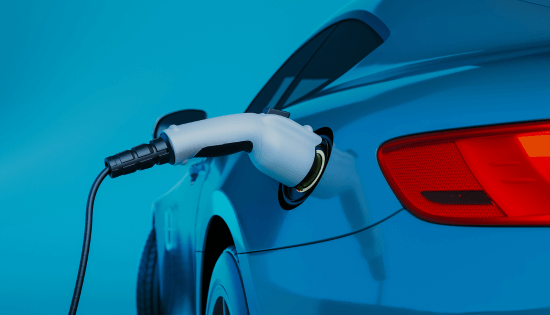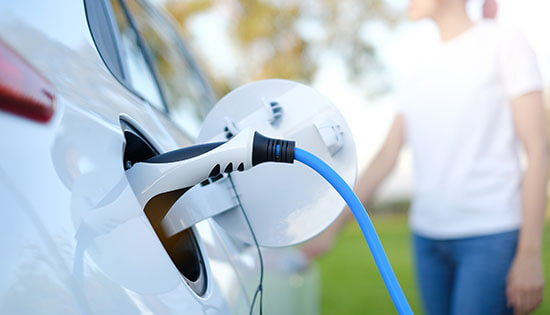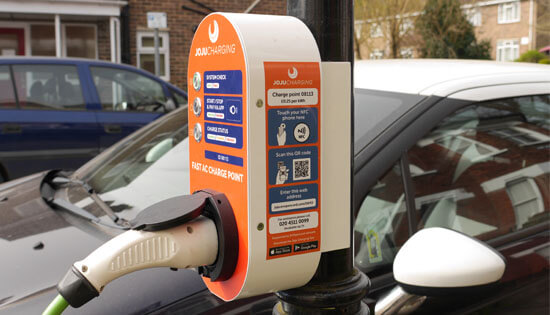There’s definitely a surge in positive news about Electric Vehicles right now. The rising demand for EVs has given a huge boost to the used car market in the second quarter of 2024. Plus, a new report shows significant progress in getting EV Chargers in the ground and online.
Let’s unpick these latest developments a little.
Used EV market reaches record highs
The Society of Motor Manufacturers and Traders (SMMT) is reporting that sales of used battery electric vehicles have risen by 52.6% year on year. With almost 46,800 transactions, this equates to a record quarterly market share of 2.4% – that’s up from the 1.7% share of last year.
EVs between 3-5 years old are selling the fastest, with a 138% sales increase year-on-year… and that’s not all. The predications are that by year end, electric car sales will have increased by 5% due to unprecedented demand.
What’s causing the increased EV uptake?
There are many reasons. EVs are cheaper to run, and the falling purchase cost of electric vehicles is a biggie! Technological advancements including improvements in battery power are making newer models more attractive, especially to early adopters of EVs. As they look to newer models, rapid drops in pricing of used electric vehicles attracts more people to the market. And, that 2030 deadline is looming, after all!
When it comes to pricing, the vehicle history check and valuation group HPI says the average price of a three-year-old used EV as 8.5% less than its fossil fuel counterpart. That makes it feel like a no-brainer to many.
According to HPI data, values of used EVs for cars at the same age and mileage point, have halved since September 2022, and you can discover more here.
Significant EV charging progress is underway
There’s good news if you’re looking for an EV Charge Point too! A report by net zero data consultancy Field Dynamics, Zapmap, and Ordnance Survey, highlights progress in installing EV charging infrastructure across Great Britain.
Average coverage across local authorities has increased from 17.2% in 2022 to 24.8% in 2024. The number of charger locations has also increased by 60%. In terms of geography, London is leading the way with 67% coverage of on-street households. That’s significantly higher than the national average of 20%. We’ve been installing on street charge points in the capital, and you can read more about it here.

Outside London, Brighton and Hove (83%), Coventry (76%), and Portsmouth (58%) are leading the charge.

Disparities in charge point coverage
The report shows that disparities do remain though, despite the progress, with 38 local authorities covering less than 10% of their on-street households. More needs to be done, of course, and we are primed and ready to help!
As our Head of Sales, Emma Blades, commented:
“It’s great to see such positive progress when it comes to the installation and operation of EV Charging Infrastructure. Installers, like ourselves, have been working hard to get more charge points in the ground, and online, alongside Charge Point Operators.
We should recognise though, that there are lots of reasons why it’s tricky for some local authorities to extend charge point coverage. It could be the challenge of rural locations, lack of allocated bays in densely-populated residential areas, the location of street furniture, and many other reasons why locations might not be suitable. Often it’s not for the want of trying, and logistical challenges make it difficult, but not impossible.
The government’s LEVI fund will help to make equity of charging more commonplace… and, when discussing the challenges and potential solutions with local authorities in our public sector knowledge sharing workshop, ‘EV Insights’, it’s clear that local authorities are committed to providing the necessary infrastructure. Solutions will be found, where possible, and we can be sure charge point numbers and locations will continue to grow for the benefit of all EV drivers”.

Discover more
Get in touch to find out how we can help with On Street Charging
Find out about EV Charging in Hammersmith and Fulham
Read more of our Case Studies






















